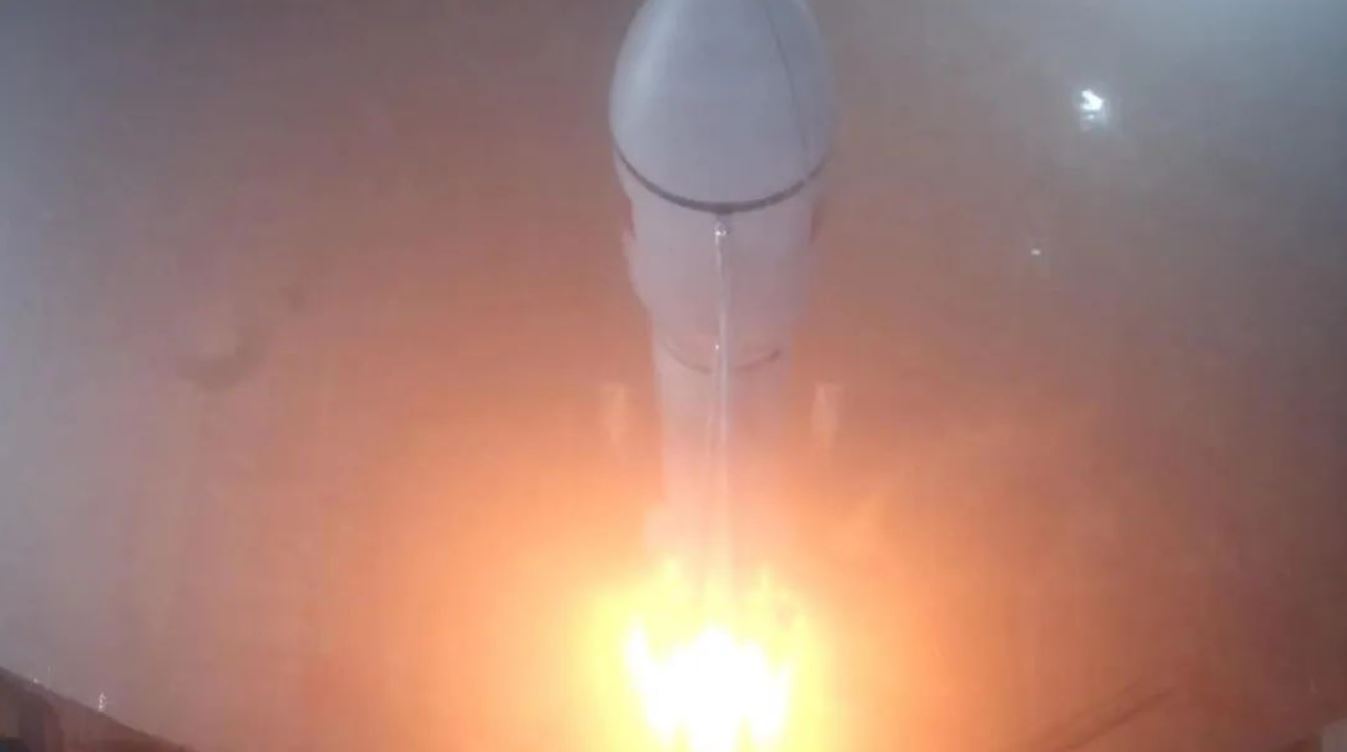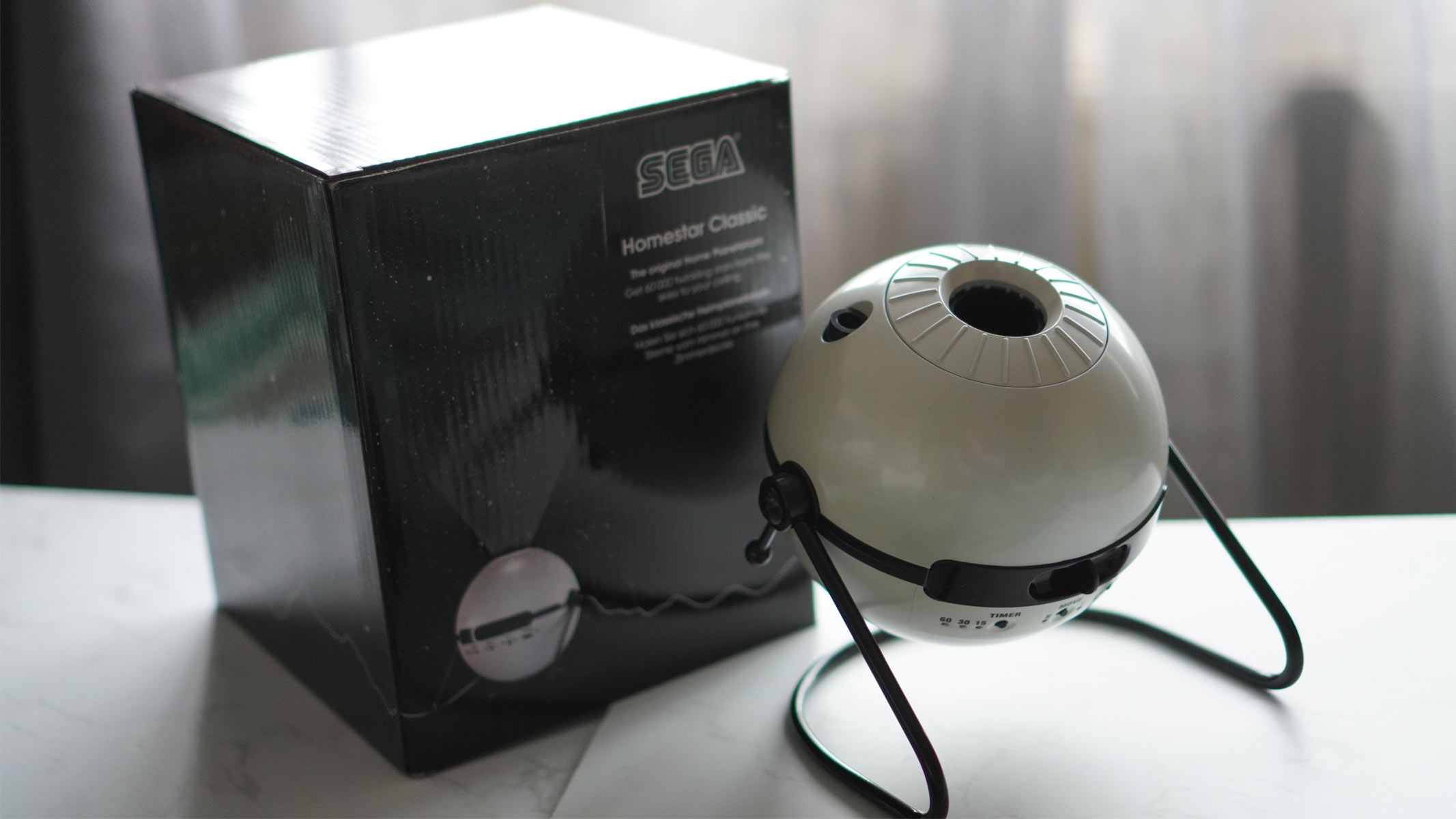Chinese rocket body disintegrates into big cloud of space junk
A Long March 6A upper stage has deteriorated into 350 pieces of debris following a Nov. 12 breakup event.

Part of a Chinese rocket that launched the Yunhai 3 satellite last month is now a debris cloud of around 350 pieces.
The Long March 6A rocket launched from Taiyuan, north China, on Nov. 11, successfully inserting the Yunhai 3 environmental monitoring satellite into its intended orbit.
The upper stage of the rocket, however, apparently suffered a breakup event shortly thereafter. On Nov. 12, the U.S. Space Force's 18th Space Defense Squadron (18 SDS) reported that it was tracking at least 50 discrete pieces of orbital debris from the rocket body.
Ongoing tracking from 18 SDS, which focuses on space domain awareness, now states that the debris cloud has grown to 350 objects associated with the rocket stage.
Related: Kessler Syndrome and the space debris problem
There are now 350 debris objects cataloged from the Nov 12 disintegration of a Chinese rocket stage (CZ-6A Y2), in sun-sync orbit pic.twitter.com/D6qAOwkbpNDecember 8, 2022
Breakups of rocket stages are not uncommon. The European Space Agency's Space Debris Office at Darmstadt, Germany, notes that there have been more than 630 breakups, explosions, collisions or anomalous events in orbit creating debris to date. A Russian space tug broke up earlier this year, 15 years after its launch.
Collisions with space debris or micrometeorites can create more junk. Many spacecraft operators currently take steps to prevent events that could result in debris-creating explosions, such as venting residual propellant from tanks and discharging batteries.
Get the Space.com Newsletter
Breaking space news, the latest updates on rocket launches, skywatching events and more!
Astrophysicist and satellite tracker Jonathan McDowell told Space.com that the distribution of debris from the recently launched Long March 6A suggests an energetic event, rather than something like insulation flaking off the rocket body at low velocity.
McDowell suggested that, given the timing, one possibility is a failure to vent propellant and then the residual propellant igniting, but he stressed that the cause is unclear.
China’s Foreign Ministry replied to a New York Times question on the incident on Nov. 14, stating that "what happened will not have an impact on China's space station or the International Space Station. I would refer you to competent authorities for details."
The majority of the Long March 6A debris is between the altitudes of 500 miles and 620 miles (800 to 1,000 kilometers), and most of it will take a very long time to reenter the atmosphere. The ISS orbits at an average of 227 miles (420 km) above Earth, with China's Tiangong space station flying at a slightly lower altitude.
Follow us on Twitter @Spacedotcom or on Facebook.
Join our Space Forums to keep talking space on the latest missions, night sky and more! And if you have a news tip, correction or comment, let us know at: community@space.com.

Andrew is a freelance space journalist with a focus on reporting on China's rapidly growing space sector. He began writing for Space.com in 2019 and writes for SpaceNews, IEEE Spectrum, National Geographic, Sky & Telescope, New Scientist and others. Andrew first caught the space bug when, as a youngster, he saw Voyager images of other worlds in our solar system for the first time. Away from space, Andrew enjoys trail running in the forests of Finland. You can follow him on Twitter @AJ_FI.
-
Pogo Yeah, that’s 350 pieces they can see on radar, not to mention the nuts and bolts and other small stuff. And it all has to cross the orbital altitude of the ISS and many other spacecraft as the orbits decay.Reply -
Steve& Nordquist Not ideal, China. Good job delivering launch goals first of course. I guess you won't be using the MyPillow for mission tasks in the future... Big break for Forensic Space Science of course.Reply -
Wes I Since the cost of sending a kilogram into LEO is up to $100k, shouldn't space pioneers start collecting and reusing the material in orbit already? Maybe at least start collecting the space trash for the day when the technology exists to remanufacture the material?Reply -
Pogo It would probably cost many times more to effectively collect anything in an already existing orbit and bring it back down.Reply -
Wes I Reply
Yes, agreed. But my crazy idea is to start using the space junk in orbit to build new stuff in orbit, not bring it back down. The value of space junk is it's already in orbit i.e. energy already expended to get it up there. At some later time, it probably can easily be refined into raw materials like steel, titanium, or fixed like broken solar panels. Easier than converting Moon rock into new stuff. But the technology isn't here yet to do so.Pogo said:It would probably cost many times more to effectively collect anything in an already existing orbit and bring it back down. -
billslugg The trashing of space is a "Tragedy of the Commons", a common theme throughout history. It happens because of those who are selfish and do not care for the overall good of humanity.Reply
The only cost effective method of removing space junk is to hit each piece on its leading face with a short, very high intensity, blast of laser light which will alter its orbit sufficiently to bring it down. This could be done from the ground with adaptive optics or from space.
The energy costs of matching the orbit of each piece, grabbing it and returning it to Earth is currently prohibitive. -
Wes I Interesting idea ! The laser would just need to disrupt its orbit enough change to a decaying orbit. I agree on the cost prohibitive at this time. I suspect though at some point in time that impact risk of satellites and space craft, and the value of raw materials in space, will be such that it is worth the price to remove it. I'm somewhat of a futurist. Tragedy of Commons seems very applicable nowadays especially-- not just local anymore.Reply
